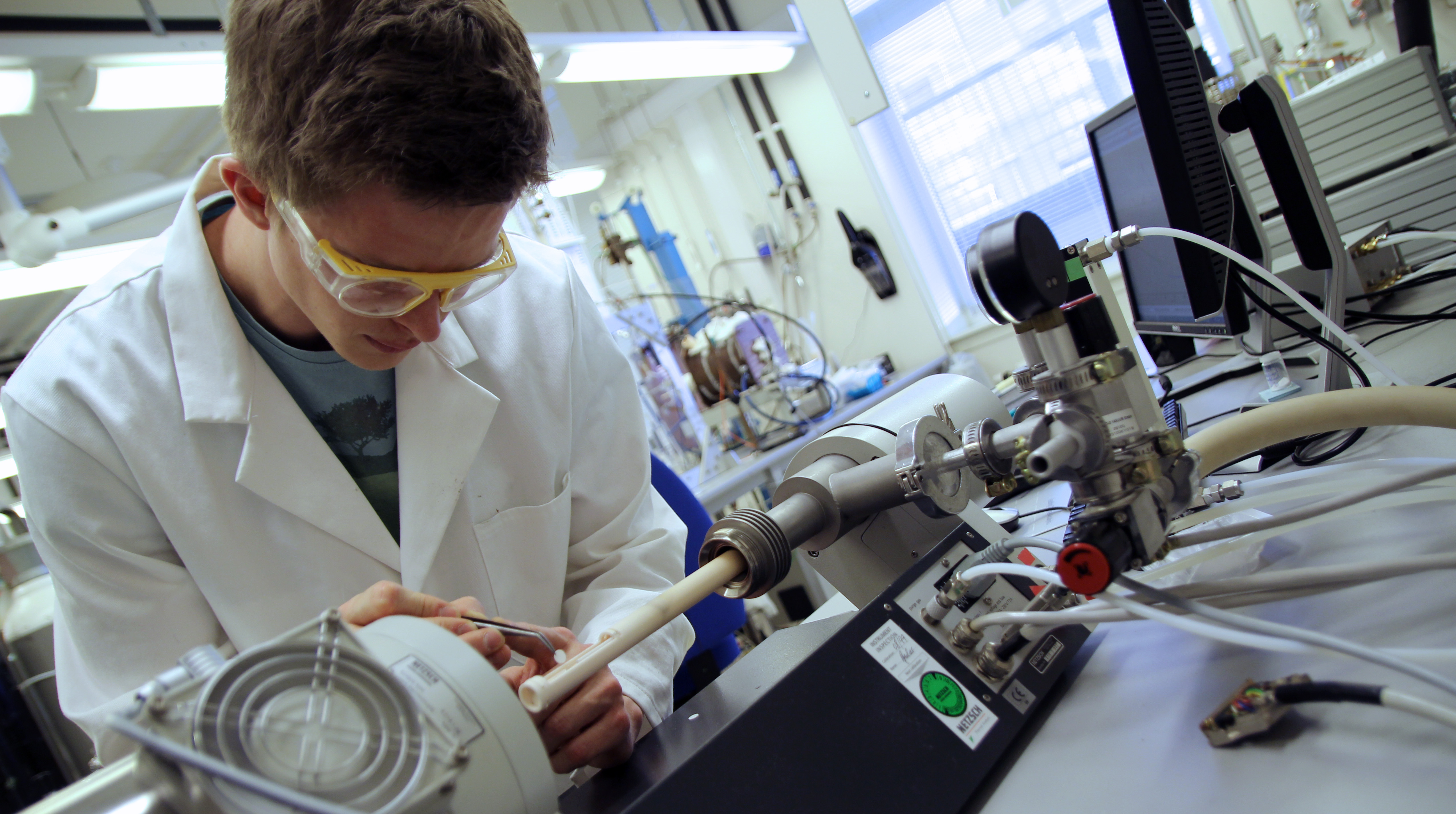Material Science is becoming one of the most attractive fields for research and development. Think about any major challenge in the next decade, materials will be at the center of it. From replacing rare earth elements to creating advanced products like highly efficient solar panels, wind turbines or batteries, material science has defined its scope almost everywhere.
Unlike the traditional time-taking and expensive processes, scientists are now using simulation techniques, machine learning algorithms for preparing materials leading to new innovations with unlimited possibilities.
 Source- Tohoku University
Source- Tohoku University
We are witnessing a material revolution today. One could give its credit to Gerd Ceder for sowing the seeds in 2005 while he was a Professor of Materials Science at MIT working on predicting new materials using computational methods. He was aiming to automate the process of identifying the commercially valuable properties of materials which were previously done on trial and error basis. He was using models that simulated the physics of materials.
On being asked to implement his work on a larger scale to discover and develop new materials for alkaline batteries, he formed a company of 6 people to execute the vision. Initial projects were quite successful but with limited impact. Then the team realized that they had to go public since all the valuable data that they generated were being locked away in corporate vaults.

Source- The Lindau Nobel Laureate Meetings
The work is impacting the industry very quickly. More and more companies and industries are now expanding their interests in materials. With high-performance computing simulations and other sophisticated techniques, we can now eliminate around 99% of the possibilities that won’t work and focus our efforts on the remaining 1% that may have serious potential. All this can now be done at a faster rate and with much less money. All thanks to the materials revolution.
Source- INC and others









